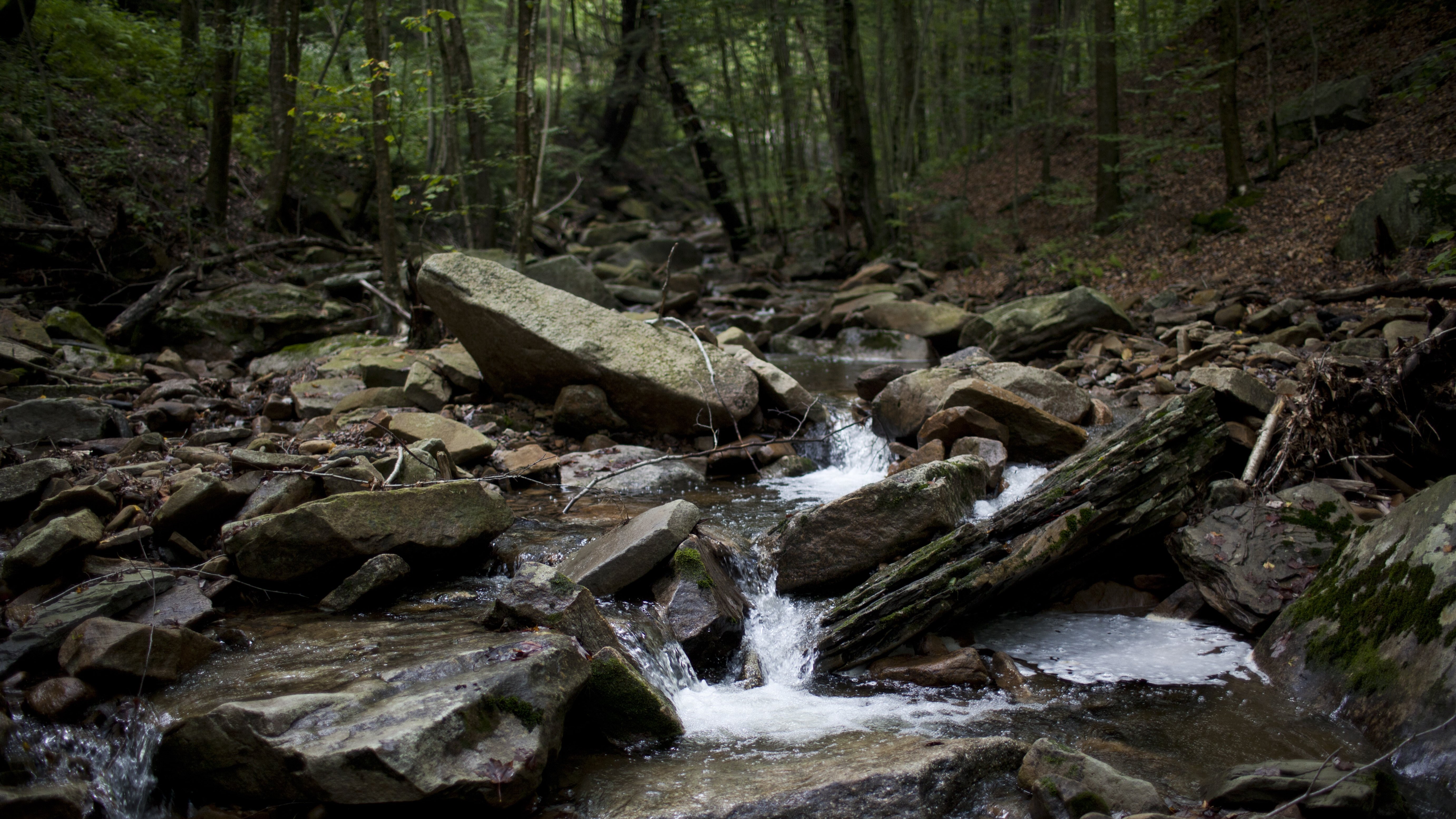
Scientists have discovered a vast reservoir of untapped lithium hiding in wastewater from a Pennsylvania gas fracking site.
The wastewater, produced by the hydraulic fracturing of rocks inside the Marcellus Shale gas wells, contains enough lithium to supply up to 40% of U.S. demand, according to the new study published April 16 in the journal Scientific Reports.
"We just didn't know how much was in there," Justin Mackey, a researcher at the National Energy Technology Laboratory, said in a statement.
Currently, 90% of the world's $8 billion lithium supplies are produced in Australia, Chile and China. The rare element is essential for the production of electric vehicle batteries, smartphones, laptops, smartwatches and electronic cigarettes, and demand for it is currently booming, with prices surging by roughly 500% year on year.
Related: Charging future EVs could take seconds with new sodium-ion battery tech
Right now the U.S. has only one operational lithium mine — in Nevada — meaning huge quantities of the element must be imported to meet demand. However, given the importance of lithium for current plans for a green energy transition, U.S. Department of Energy officials have set a target for all lithium used in the U.S. to be produced domestically by 2030. Currently, more mines are scheduled to open in states such as Nevada, California and North Carolina.
Yet lithium mining remains controversial as it can release carbon dioxide into the atmosphere and destroy natural environments by leaking toxic chemicals into soil.
The new discovery could lead to a new way of obtaining the vital element without the need for more mines.
Researchers discovered Pennsylvania's lithium source because of fracking in the region, which pumps water into the ground to force natural gas out — a process that comes with its own severe environmental costs. After measuring the wastewater from this process the scientists found that it also contained enormous quantities of lithium.
The fracking byproduct is usually considered to be waste. "Wastewater from oil and gas is a burgeoning issue. Right now, it's just minimally treated and reinjected," Mackey said. However, thanks to the new discovery of lithium, Mackey said that workers can potentially extract the element and make use of the fracking byproduct. The element could be extracted from wastewater with up to 90% efficiency, lab results showed.
The researchers suggested that future research should focus on the environmental impact of lithium extraction from the water and the building of a pilot facility that could do so efficiently.







